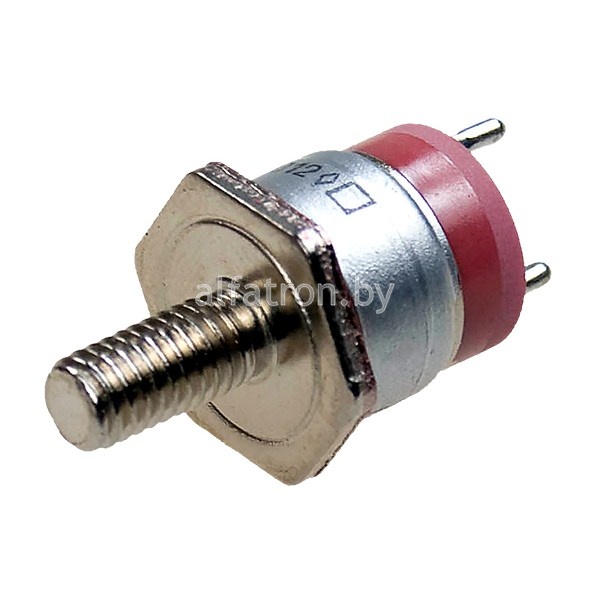Answer the question
In order to leave comments, you need to log in
Is the 2t926a transistor suitable for an adjustable power supply unit?

I got 2t926a
for free , will they suit me for a homemade laboratory power supply?
Description: link to description
- Structure. . . . . . . . . . . . . . . . . . . . . . . . . . . . . . . . . . . . . . . . . . . . . . . . . . . . . . . . . . . . . . . . . . . . . . npn
- Max. e.g. k-b at a given reverse current to and open circuit e. (Ukbo max), V. . . . 150
- Max. e.g. k-e at a given current to and a given resist. in the chain b-e. (Uker max), V. . . . . . . . 150
- The maximum allowable current to ( Ik max, A) . . . . . . . . . . . . . . . . . . . . . . . . . . . . . . . . . . . . . . . . fifteen
- Static current transfer coefficient h21e min. . . . . . . . . . . . . . . . . . . . . . . . . . . . . . . . . . 12
- The cutoff frequency of the current transfer coefficient fgr, MHz. . . . . . . . . . . . . . . . . . . . . . . . . . . . . 51.00
- Maximum dissipated power k (Pk, W) . . . . . . . . . . . . . . . . . . . . . . . . . . . . . . . . . . . . fifty
- Frame. . . . . . . . . . . . . . . . . . . . . . . . . . . . . . . . . . . . . . . . . . . . . . . . . . . . . . . . . . . . . . . . . . . . . . . . . . KT-17
Answer the question
In order to leave comments, you need to log in
bipolar transistors are bad because
1) they are controlled by current
2) they have a minimum voltage drop from 0.7 to 2 volts (for silicon ones)
3) field workers are afraid of a short circuit
, in turn, they are good because
1) this is a voltage-controlled resistor
2) energy is consumed only for change in state
3) they are more relaxed about short circuit
4) you can turn it on in parallel without bothering much with the selection and body kit
- disadvantages are usually more expensive and require a driver,
but they are completely solved by the fact that you can go to a flea market and buy a dead mother in which there will already be everything you need to create an impulse DC-DC converter down for mere pennies.
Didn't find what you were looking for?
Ask your questionAsk a Question
731 491 924 answers to any question